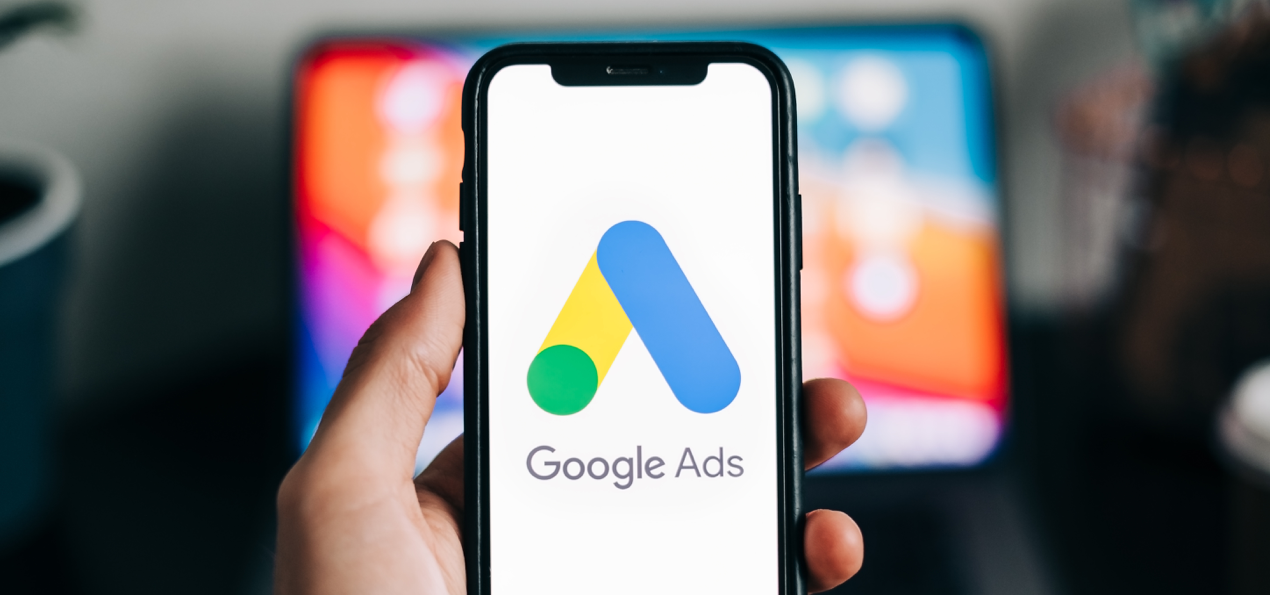Data-driven attribution models in Google Ads and Google Analytics. How ready are you?
Published: April 10, 2023

Google has recently announced that the company will phase out four rules-based attribution models from Google Ads and Google Analytics later this year. The decision was made after the company noticed that these models were being adopted at ever-lower rates.
The attribution models to be deprecated are,
- First-click: 100% credit for conversions go to first click
- Linear: credit for the conversion is distributed equally among all ad interactions along the path.
- Time decay: gives greater weight to ad interactions that took place more recently to conversions. The distribution of credit uses a 7-day half-life formula.
- Position-based: 40% credit goes to the first and last click, and 20% credit goes to others.
The reason for this decision is their increasingly low adoption rates, with fewer than 3% of conversions in Google Ads using these models.
Google spokesperson
Marketers who still use these models for their advertising campaigns will be impacted by this change. The sunset of these attribution models in Google Ads and Google Analytics will be completed in September. For GA4, it starts in May, and for Google Ads, it will begin in June.
Prior to that, these attribution models won't be accessible for newly created conversion actions.
According to Google, advertisers typically see a 6% increase in conversions after switching to the data-driven attribution model.
In September 2021, Google made an announcement about its transition to data-driven attribution. Still, these four open attribution models were made available by Google Ads for users who did not want to use data-driven attribution.
However, data-driven attribution will now be the only method available to advertisers for attributing all clicks.
How should marketers handle this change?
We believe this new change demonstrates Google's commitment to offering more focused and specialised solutions to assist marketers in making better data-driven decisions.
The prime reason is the DDA (data-driven attribution) model’s potentiality to provide better insights by analysing how each touchpoint contributes to conversion while respecting users' privacy.
As it is solely generating results based on historic data, it eliminates guesswork from attribution modelling for marketers and allows them to make data-driven decisions based on actual customer behaviour and conversion data.
As a result, marketers can better understand how their customers interact with their business and can optimize marketing campaigns accordingly to reap a better ROI. It, in turn, can improve the overall effectiveness of marketing campaigns.
Besides, it also helps marketers optimize their budgets appropriately by filtering out approaches—be it keywords, ad types, etc.—that are unlikely to result in customer conversions.
However, it is undeniable that it will be harder for users, who still use those four rule-based attribution models, to adapt to the transition as the data-driven attribution formula is different for each user.
Yet, it is important for marketers to prepare for the changes. Here are the steps marketers can follow to ensure a smooth transition:
- Examine the currently applied attribution models to find any dependencies on the retiring models.
- Analyze how the change may affect reporting and optimisation efforts.
- Explore a data-driven attribution model without any delay so as to replace outdated models.
- Teach marketing teams how to use the new models and best practises.
In a nutshell, we believe, the transition to a data-driven attribution model is a change for the better for marketers. And, to ensure the effective optimization of Google campaigns or websites, marketers must start adapting their strategies to the new attribution model without delay as it starts to roll out.










Be the first one to comment.